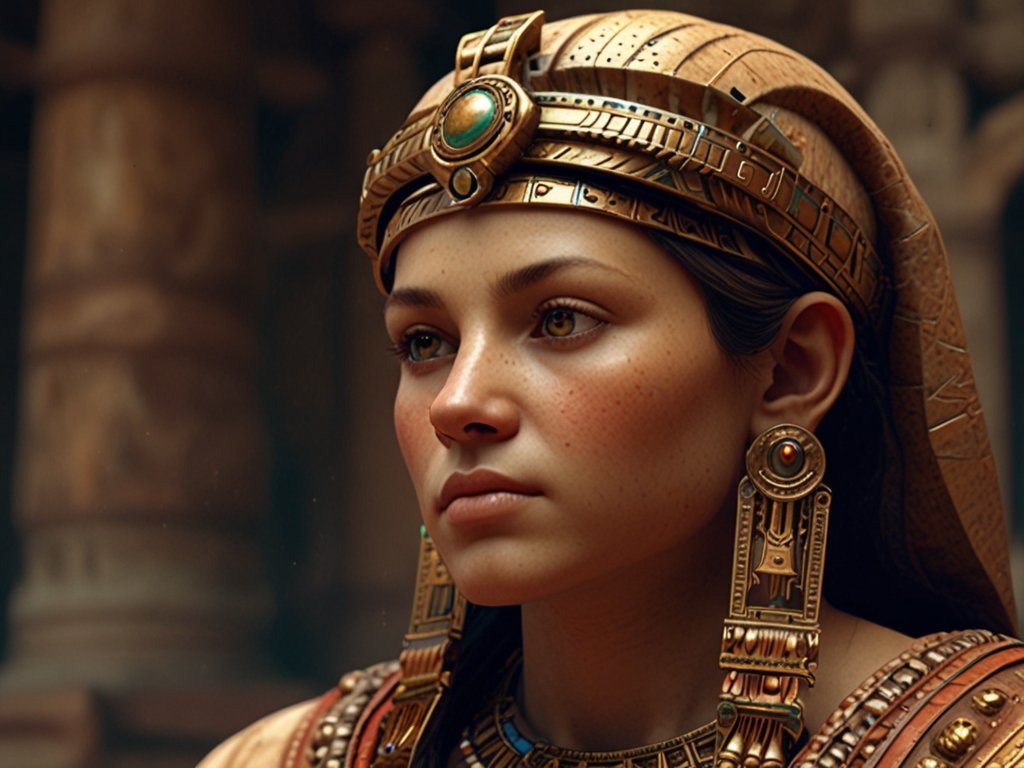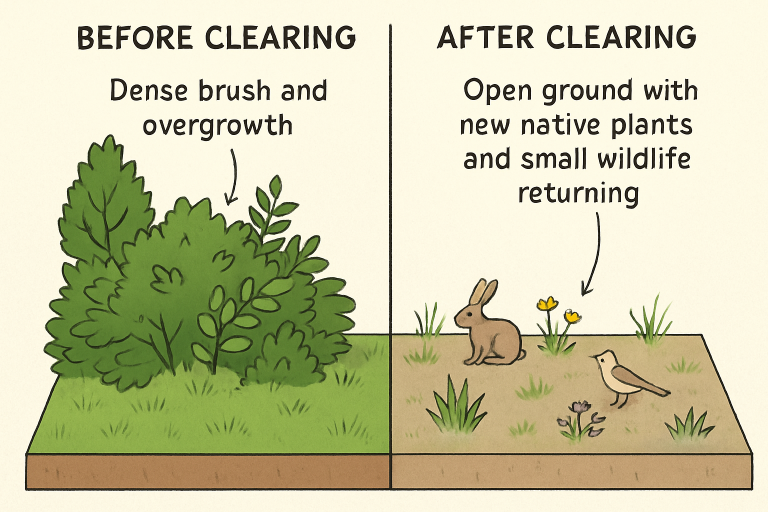Art has always been a mirror of humanity, reflecting our beliefs, values, and experiences. When exploring ancient artz, we encounter the roots of human creativity, ingenuity, and expression. This term encompasses the marvels of ancient civilizations, ranging from early cave paintings to the grand mosaics of the Roman Empire. By understanding these artistic achievements, we gain valuable insights into the people and cultures that shaped our history.
This article takes you on a captivating tour of ancient art through different eras and civilizations, shedding light on their unique contributions to human heritage.
Prehistoric Artz: Cave Paintings and Early Sculptures
The earliest examples of ancient artz date back to the prehistoric era, where humans used natural resources to create art that captured their experiences.
Cave Paintings
Cave paintings, found in places like Lascaux, France, and Altamira, Spain, serve as powerful examples of early human expression. These paintings, often depicting animals like bison and horses, were created using pigments made from crushed minerals and charcoal. Scholars believe they served spiritual or ceremonial purposes, potentially linked to hunting rituals and survival.
Early Sculptures
Prehistoric sculptures like the Venus of Willendorf showcase early attempts at craftsmanship. These small figurines, often representing fertility and prosperity, were carved from stone or bone. The level of detail in these works demonstrates the ingenuity and skill of ancient artisans, even with primitive tools.
Transitioning from the prehistoric era, humans began settling into organized civilizations, giving rise to distinct forms of art.
Ancient Egyptian Artz: Pharaohs, Pyramids, and Hieroglyphs
The art of ancient Egypt is among the most iconic representations of ancient artz. Renowned for its unique visual style, Egyptian art combined symbolism, religion, and innovation.
Pharaohs and Sculptures
Statues and reliefs of pharaohs were made to project power and divinity. These sculptures often followed strict conventions, such as rigid postures and exaggerated proportions, conveying eternal strength and leadership.
Pyramids and Tomb Paintings
The construction of the pyramids, particularly those at Giza, represents a monumental achievement in architecture. Inside these tombs, intricate paintings depicted the afterlife and offerings to the gods, emphasizing religious beliefs.
Hieroglyphs
Hieroglyphs combined words and images, turning writing into an art form itself. Used on temple walls, tombs, and papyrus scrolls, hieroglyphic inscriptions preserved stories, prayers, and significant events for future generations.
Mesopotamian Artz: Ziggurats, Cylinder Seals, and Reliefs
Mesopotamia, often called the “Cradle of Civilization,” produced remarkable ancient artz that reflected the organizational and spiritual dimensions of its society.
Ziggurats
Ziggurats were towering structures that combined functionality and aesthetics. These temple complexes were designed to connect the heavens and earth, showcasing religious devotion and architectural sophistication.
Cylinder Seals
Cylinder seals acted as both functional tools and works of art. Engraved with intricate scenes, these small objects were used to imprint images onto clay tablets, serving as signatures for documents.
Reliefs in Stone
The Assyrians and Babylonians are well-known for their detailed stone reliefs, which depicted scenes of battle, hunting, and religious ceremonies. These visual narratives communicated power and strength while immortalizing historical events.
Ancient Greek Artz: Sculpture, Architecture, and Pottery
The contributions of ancient Greece to ancient artz are unparalleled, influencing art and culture for millennia. Greek art focused on beauty, realism, and innovation.
Sculptural Masterpieces
Greek sculptures celebrated human form and movement. Iconic works like the Venus de Milo and Discobolus display intricate attention to anatomical accuracy and dynamic poses.
Architectural Wonders
Greek architecture introduced timeless styles such as Doric, Ionic, and Corinthian columns. Structures like the Parthenon exemplify the Greek pursuit of harmony, proportion, and symmetry.
Pottery Painting
Everyday life and mythology were vividly depicted on Greek pottery. Black-figure and red-figure techniques showcased intricate designs and storytelling, bringing art into daily use.
Ancient Roman Artz: Architecture, Sculpture, and Mosaics

Drawing heavily from Greek traditions, the Romans added their unique stamp to ancient artz, particularly in engineering and detailed decoration.
Architectural Marvels
The Romans mastered architecture, evident in structures like the Colosseum, aqueducts, and Pantheon. Their use of arches, vaults, and concrete allowed for large-scale construction that shaped urban landscapes.
Sculptural Details
Roman sculptures ranged from idealized depictions of emperors to lifelike busts of individuals. These works conveyed both power and personality, cementing Rome’s artistic legacy.
Mosaics
Mosaics adorned floors and walls, featuring intricate patterns and scenes from mythology, daily life, and nature. The vibrant use of colored tiles made these pieces enduring symbols of Roman artistry.
What Ancient Artz Teaches Us Today
Exploring ancient artz reveals the depth of humanity’s creativity across cultures. These works reflect our universal desires to communicate, celebrate, and preserve the essence of our lives. Whether cave paintings or Roman mosaics, each piece tells a story of its time, while also reminding us of our shared heritage.
For those inspired to learn more about the art of ancient civilizations, immersing yourself in books, museum exhibitions, or online repositories is a great start. The lessons of ancient creativity continue to resonate with us, offering timeless inspiration.
In conclusion, the art of ancient civilizations serves as a powerful connection to our shared past, offering glimpses into the values, beliefs, and lives of those who came before us. It reminds us of the enduring human spirit and our innate drive to create and communicate. By learning from these timeless masterpieces, we not only honor the legacy of ancient cultures but also draw inspiration to shape our present and future with the same creativity and resilience.
YOU MAY ALSO LIKE
Spanish D 94: The Silent Tech Revolution You’ve Never Heard Of (Until Now)
FAQs
1. What is ancient artz?
Ancient artz refers to the art created by early civilizations, encompassing techniques like painting, sculpture, pottery, and architecture.
2. Why is ancient art important?
Ancient art reflects cultural values, beliefs, and historical events, offering insights into the lives of early societies.
3. What materials were used in ancient artz?
Materials like stone, wood, clay, and natural pigments were commonly used by ancient civilizations.
4. How are ancient Egyptian and Greek art different?
Egyptian art emphasized symbolic and religious themes, while Greek art focused on beauty, realism, and human form.
5. Where can I see examples of ancient artz today?
You can explore ancient art in renowned museums, such as the Louvre in Paris, the British Museum in London, and through archaeological sites.











